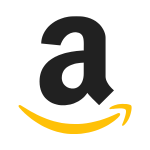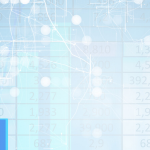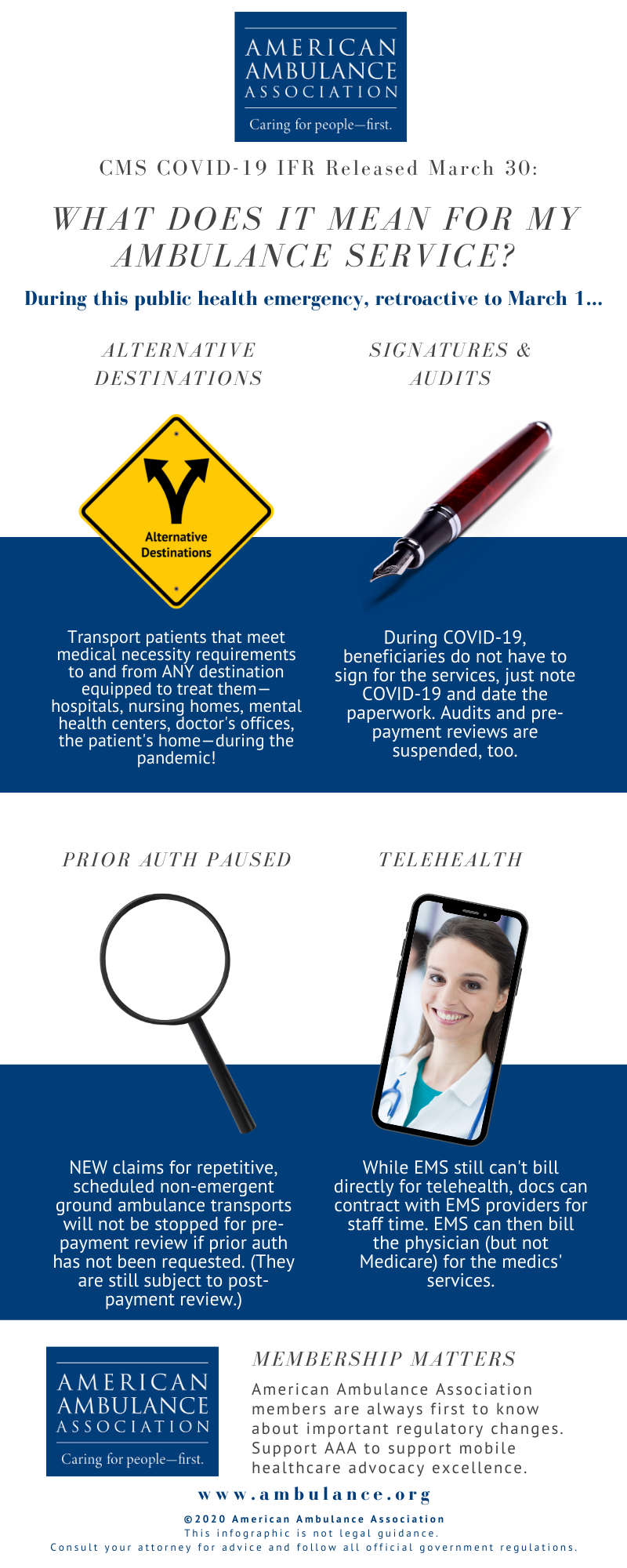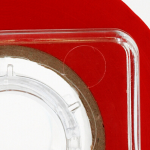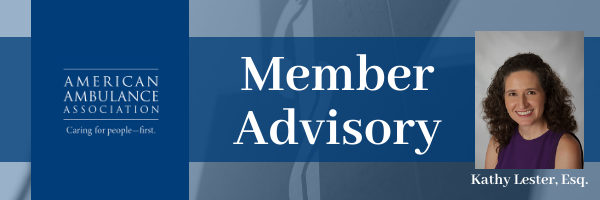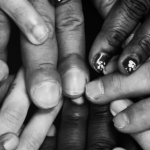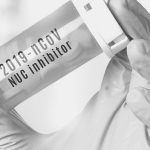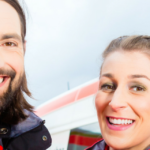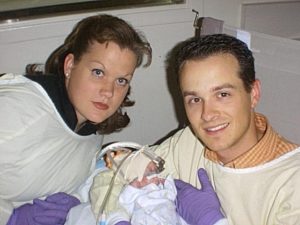CMS Updates Cost Data Collection FAQs and Data Collection Instrument
The Centers for Medicare & Medicaid Services (CMS) has released printable version of the ground ambulance data collection instrument and an expanded FAQ. Both updated documents address some of the more common questions that CMS has heard over the past months, many of which the American Ambulance Association raised. Importantly, CMS announces through the FAQs the registration process will begin December 2021.
The topics covered in the FAQs include:
- General questions related to the rationale for collecting data, definitions, and how the information will be used and reported;
- Sampling and notification questions related to how ground ambulance organizations will be selected to participate in the data collection system;
- Data collection and reporting timelines and effort questions, which focus on the timelines for collecting and reporting the information, as well as the projected effort required;
- There are three new FAQs in this section about the impact of the delay due to the pandemic (the questions and answers are below)
- Requirement to report questions, which focus on the types of information that must be reported and responding to requests from MACs;
- There is a new FAQ in this section about applying for a hardship exemption (the questions and answers is below)
- Reporting information questions, which include who within an organization should report the information, the data tool, and how to address technical problems;
- There are two new FAQ in this section about the pause in data collection due to the pandemic (the questions and answers are below)
- Importantly, CMS announces that the registration will begin December 2021
- Data collection scope and principles questions, which discuss the specific type of information and level of specificity that is required;
- There are several new FAQs in this section about using current accounting practices, municipality practices, and accounting good and services provided by another organization (the questions and answers are below)
- Reporting information on staffing and labor costs questions, which address issues such as volunteer staff, staff with multiple duties, calculating hours worked;
- There are three new FAQs in this section about total hours worked, staff training, and paid time off (the questions and answers are below)
- Reporting other information, such as service area, service mix/service volume, facilities, vehicles, equipment/supplies, and revenue.
New FAQs
Question: Will the modification listed in the COVID-19 Emergency Declaration Blanket Waiver issued by CMS on May 15, 2020 allow ground ambulance organizations selected in year 1 the option to continue with their current data collection period that started in early 2020 or choose to select a new data collection period starting in 2021? [Added 7/31/2020]
-
- Answer: No. The ground ambulance organizations that were selected in year 1 do not have an option and must select a new data collection period starting in 2021. CMS cannot permit this option because the data collected in 2020 during the public health emergency may not be reflective of typical costs and revenue associated with providing ground ambulance services.
- Question: When will sampled organizations report information? [Updated 7/31/2020]
- Answer: Sampled organizations will report information within a 5-month reporting period that starts at the end of the organization’s collection period. For example, if your organization begins collecting information on January 1, 2021, your organization’s collection period will run until December 31, 2021 and your organization must report information during the 5- month period between January 1, 2022 and May 31, 2022.
- Question: How are data collection and reporting dates adjusted for organizations selected in Year 1 given the modification listed in the CMS COVID-19 Emergency Declaration Blanket Waiver? [Added 7/31/2020]
- Answer: CMS issued a COVID-19 Emergency Declaration Blanket Waiver delaying data collection and reporting requirements for ground ambulance organizations selected in Year 1 by one year. The organizations selected in Year 1 will now collect data during a continuous 12-month period starting in 2021 (rather than 2020) and will now report information during a 5-month period starting in 2022 (rather than 2021). As an example, a Year 1 organization that previously would have collected information from January 1, 2020 to December 31, 2020 and reported information between January 1, 2021 to May 31, 2021 will now collect information from January 1, 2021 to December 31, 2021 and report information between January 1, 2022 and May 31, 2022. Organizations in the Year 1 sample will not report any information collected to date in 2020.
- Question: Can you provide examples of different data collection periods and the data reporting periods depending on my accounting period start date? [Updated 7/31/2020]
- Answer: Example of a Data Collection and Reporting Period for a Ground Ambulance Organization with a Calendar Year Accounting Period:
Examples of Data Collection and Reporting Periods for a Ground Ambulance Organization with Accounting Period not based on a Calendar Year:
- Question: Can my organization request a hardship exemption from the payment reduction? [Updated 7/31/2020]
- Answer: Yes. Organizations that did not report sufficient data due to a significant hardship, such as a natural disaster, bankruptcy, or other similar situations may request a hardship exemption. To request a hardship exemption after the ground ambulance organization receives notification that it will be subject to the 10 percent payment reduction as a result of not sufficiently submitting information under the data collection system, organizations should complete a request form that will be available at the end of the data reporting period on CMS’s Ambulances Services Center website at https://www.cms.gov/Center/Provider- Type/Ambulances-Services-Center.html. Organizations can request a hardship exemption within 90 calendar days of the date that CMS notified the organization that it would receive a 10 percent payment reduction as a result of not submitting sufficient information under the data collection system. Your organization will be asked to supply information such as reason for requesting a hardship exemption, evidence of the hardship (e.g., photographs, newspaper, other media articles, financial data, bankruptcy filing, etc.), and date when your organization would be able to begin reporting information. All hardship exemption requests will be evaluated based on the information submitted that clearly shows that they are unable to submit the required data.
- Question: Where and how does my organization report information? [Updated 7/31/2020]
- Answer: No information will be reported until 2022. As we stated in the CY 2020 Physician Fee Schedule Final Rule (84 FR 62867), a secure web-based data collection system will be available before the start of your data reporting period to allow time for users to register, receive their secure login information, and receive training from CMS on how to use the system. CMS will provide separate instructions on how to access the online Ground Ambulance Data Collection System. You can view a printable version of the ground ambulance data collection instrument at: https://www.cms.gov/Center/Provider- Type/Ambulances-Services-Center for the data collection requirements.
- Question: My organization was selected in the first group to collect and report cost and other required data. When will we be able to register for the data collection system? [Updated 7/31/2020]
- Answer: Registration for the system will begin in December 2021. Please check the Medicare Ambulance Services Center website at https://www.cms.gov/Center/Provider- Type/Ambulances-Services-Center.html for updates.
- Question: Can my organization collect information using our current accounting practices? [Added 7/31/2020]
- Answer: In general, you will be able to report information collected under your organization’s current accounting practices. CMS understands that some ground ambulance organizations use accrual-basis accounting while others use cash-basis accounting. Please follow the instructions in each instrument section.
- Question: My ground ambulance organization is owned and/or operated by our local municipality. The municipality pays directly for some costs associated with our ground ambulance operations (e.g., facilities costs, utilities, fuel, benefits, etc.). Do we need to report on these costs? [Updated 7/31/2020]
- Answer: Yes. You must work with your municipality to report the costs that are relevant to your ground ambulance service. Otherwise, the costs that you report will be incomplete and not reflect your organization’s total costs. This would also apply if your ground ambulance organization is part of a broader organization that pays directly for some of your organization’s costs (e.g., a hospital Medicare provider that also owns and provides ground ambulance services). The specific information that you will need to collect and report might include information on labor costs (Section 7); facilities costs (Section 8); Vehicle costs (Section 9); equipment, consumable, and supply costs (Section 10), and other costs (Section 11). If you are a fire, police, or other public safety-based ground ambulance organization, please report labor hours and compensation associated with both ground ambulance and other public safety roles per the data collection instrument instructions.
- Question: How should we account for goods or services provided by another organization (e.g., hospital, local government)? [Added 7/31/2020]
- Answer: Whether and how to account for costs realized by an entity other than your ground ambulance organization depends on the nature of the relationship with the other entity. CMS has heard that it is relatively common for some costs – for example dispatch, vehicle maintenance, or administrative costs – to be borne by an organization’s local municipality or a part of a local municipal government (such as a police department):
- If your ground ambulance organization is part of or associated with a local municipality, you need to report these costs. For example, if dispatch services are provided by your municipality’s police department and your ground ambulance organization is part of or associated with the same municipality, then you must collect and report a share of dispatch costs associated with ground ambulance operations. See the related question “My ground ambulance organization is owned and/or operated by our local municipality. The municipality pays directly for some costs associated with our ground ambulance operations (e.g., facilities costs, utilities, ambulance fuel, benefits, etc.). Do we need to report on these costs?”
- If your ground ambulance organization is NOT part of (i.e., owned or operated by) a local municipality, you do NOT need to report costs associated with services provided by your local municipality other than costs (if any) paid directly by your organizations for the service. If your municipality provides dispatch services for your community and your organization does not pay for this service, then no costs related to dispatch are reported. See the related question “My organization received donations during the data collection period (e.g., an ambulance donated by the community, medicines or medical consumables provided by hospitals, or cash donations). How should these donations be reported?” If your organization makes a payment in exchange for a service, report the payment as a cost under the appropriate section of the data collection instrument.
The same principles apply to similar cases, for example when the other entity is a hospital, non-profit organization, or other type of entity.
- Question: Should hours on call be included in total hours worked? [Added 7/31/2020]
- Answer: When reporting hours worked, whether for paid or volunteer staff, do not include hours on call toward hours worked.
- Question: How should we report staff training in the data collection instrument? [Added 7/31/2020]
- Answer: There are two ways that you can report training. If training is conducted by your organization’s staff, you would include hours worked and compensation for training staff in your calculations of total hours worked and total compensation. Employees would report hours spent and compensation (if any) for attending trainings. If the training is not just on ground ambulance topics, the reported total hours and compensation would reflect an estimate the percent of time related to ground ambulance. If you have other training expenses or pay money to an outside organization for training activities, these can be listed in Section 11, Question 3 under the category “Training and continuing education costs (e.g., costs for materials, travel, training fees, and labor).” Costs related to collecting and reporting data to the Medicare Ground Ambulance Data Collection System should not be reported.
- Question: How should we report paid time off (PTO) in the data collection instrument? [Added 7/31/2020]
- Answer: Paid time off (PTO) is not included in the hours worked section in the labor portion of the data collection instrument. However, PTO is a benefit that should be included in the total compensation questions of the labor section.
- Service Area: Question: How should our organization define the primary and secondary service area for our particular circumstances? [Updated 7/31/2020]
- Answer: For the purposes of this data collection effort, use your best judgement. In general, your primary service area is the area in which you are exclusively or primarily responsible for providing service at one or more levels and where it is highly likely that the majority of your transport pickups occur. A secondary service area is outside your primary service area, but one where you regularly provide services through mutual or auto-aid arrangements or at a different level of service compared to your primary service area. When reporting service areas using ZIP codes, it is possible that you will report the same ZIP code as belonging to both your primary and secondary service area, for example in a case where a town and a township share a ZIP code and your organization is primarily responsible for service within the town but has mutual or auto aid agreements with the surrounding township. Please list all ZIP codes in your service area, even if they cross over into another county or municipality. For the service volume section of the instrument, responses, transports, etc. to both primary and secondary service areas should be included in the totals reported.
- Service Mix/Service Volume: Question: How should my organization count ground ambulance responses and/or transports if more than one vehicle is sent to the scene or if more than one patient is transported? [Added 7/31/2020]
- Answer: If more than one vehicle is sent to the scene, count this as one response. Organizations should count the total number of patients transported. A single response may result in multiple transports in cases where multiple ambulances are deployed or when multiple patients are transported by the same ambulance.
- Question: How should our organization report on situations where we respond to calls for service in conjunction with staff from another organization? [Added 7/31/2020]
- Answer: In Section 5, Question 3, you can report that your organization responds to calls for service in conjunction with vehicles and/or staff from another organization. You must report payments that you make to the other organization (as “other costs” in Section 11) and payments received by your organization (as revenue in Section 13). You will not need to report specific labor or other costs from the other organization. Report the total revenue that your organization receives from payers and other sources, even if you later share the revenue with the other organization.
- Facilities: Question: My organization does not record buildings as assets or calculate depreciation for buildings. Do we need to report depreciation for buildings? [Added 7/31/2020]
- Answer: No.
- Vehicles: Question: How should we calculate annual depreciation expenses for vehicles and capitalized equipment? [Updated 7/31/2020]
- Answer: In general, you will be able to use your organization’s standard approach to calculating depreciation expenses. If your organization calculates depreciation expense for multiple purposes (e.g. depreciation for tax incentive purposes vs. Generally Accepted Accounting Principles (GAAP) for standard auditing purposes), please report the depreciation expense captured for standard auditing purposes. There are several presentations, such as the December 5, 2019 National Provider Call, that provide examples of reporting annual depreciation expenses in Section 8 (Facilities Costs), Section 9 (Vehicle Costs), and Section 10 (Equipment, Consumable, and Supply Costs) of the data collection instrument. These presentations are available on the Ambulances Services Center website at https://www.cms.gov/Center/Provider-Type/Ambulances-Services-Center.html.
- Equipment: Question: My organization uses a cash basis for accounting and does not depreciate equipment or supplies. Do we need to start calculating annual depreciation? [Added 7/31/2020]
- Answer: No. If your department is a cash basis entity and doesn’t calculate depreciation, you do not have to report depreciation. Please report the entire purchase costs in the relevant sections.
- Revenue: Question: How is revenue defined for the purposes of collecting and reporting data? [Added 7/31/2020]
- Answer: Report gross/total revenue received from all sources during the data collection period. You may need to collect information from a billing company or your municipality in order to report this information. Do not report charges, billed amounts, or bad debt. Depending on your organization’s accounting practices, CMS understands that the revenue received during the data collection period may not perfectly align with the services provided during the data collection period.
- Question: My organization is unable to separate revenue from payers related to transports and non-transport services. How should we report revenue for non-transport services? [Added 7/31/2020]
- Answer: If possible, report only revenue from transports in Section 13, Questions 2-4. Report revenue from non-transport EMS and ground ambulance services in Section 13, Question 5.
- Question: My organization shares revenue from billed service with another organization. Should we report the revenue we receive from payers or the share we retain? [Added 7/31/2020]
- Answer: Report the revenue that you initially receive from payers. Do not subtract the amount that you share with another organization. Report the amount you do share in Section 11 (“Other Costs”) as a cost.




